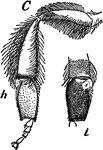
Legs of the Humble Bee
A bumblebee (or bumble bee) is any member of the bee genus Bombus, in the family Apidae. Pictured here…
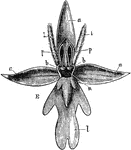
Fly Orchid
Fly orchid (Ophrys insectifera) is a plant of the family Orchidaceae, a native of the British Isles…
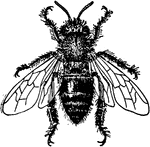
Honey Bees
Bees are flying insects closely related to wasps and ants. Honey bees (or honeybees) are a subset of…

Honey Bees
Bees are flying insects closely related to wasps and ants. Honey bees (or honeybees) are a subset of…
Honey Bees
Bees are flying insects closely related to wasps and ants. Honey bees (or honeybees) are a subset of…
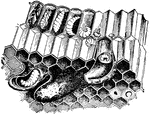
Honey Bees
Bees are flying insects closely related to wasps and ants. Honey bees (or honeybees) are a subset of…
Carpenter Bee
Carpenter bees are large, hairy bees distributed worldwide. Their name comes from the fact that nearly…

Mining Bee
Mining bees, or digger bees, (familys Andrenidae & Anthophoridae) nest in burrows in the ground. Each…

Ichneumon Fly
Ichneumon flies are solitary insects, and most are parasitoids—the larvae feeding on or in another…
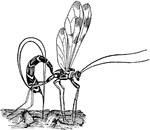
Ichneumon Fly
Ichneumon flies are solitary insects, and most are parasitoids—the larvae feeding on or in another…

Experience Teaches
"This foolish, wayward youth, on mischief bent, / Disturbs a hive - this fun, he'll soon repent; / The…

Humble Bee
Humble bees sometimes damage beans and cultivated flowers. Some plants depend on the humble bee for…
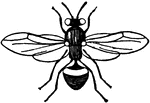
Gall-fly
Gall-fly is a name applied to the members of the family Cynipidae, which are not flies, but are related…
